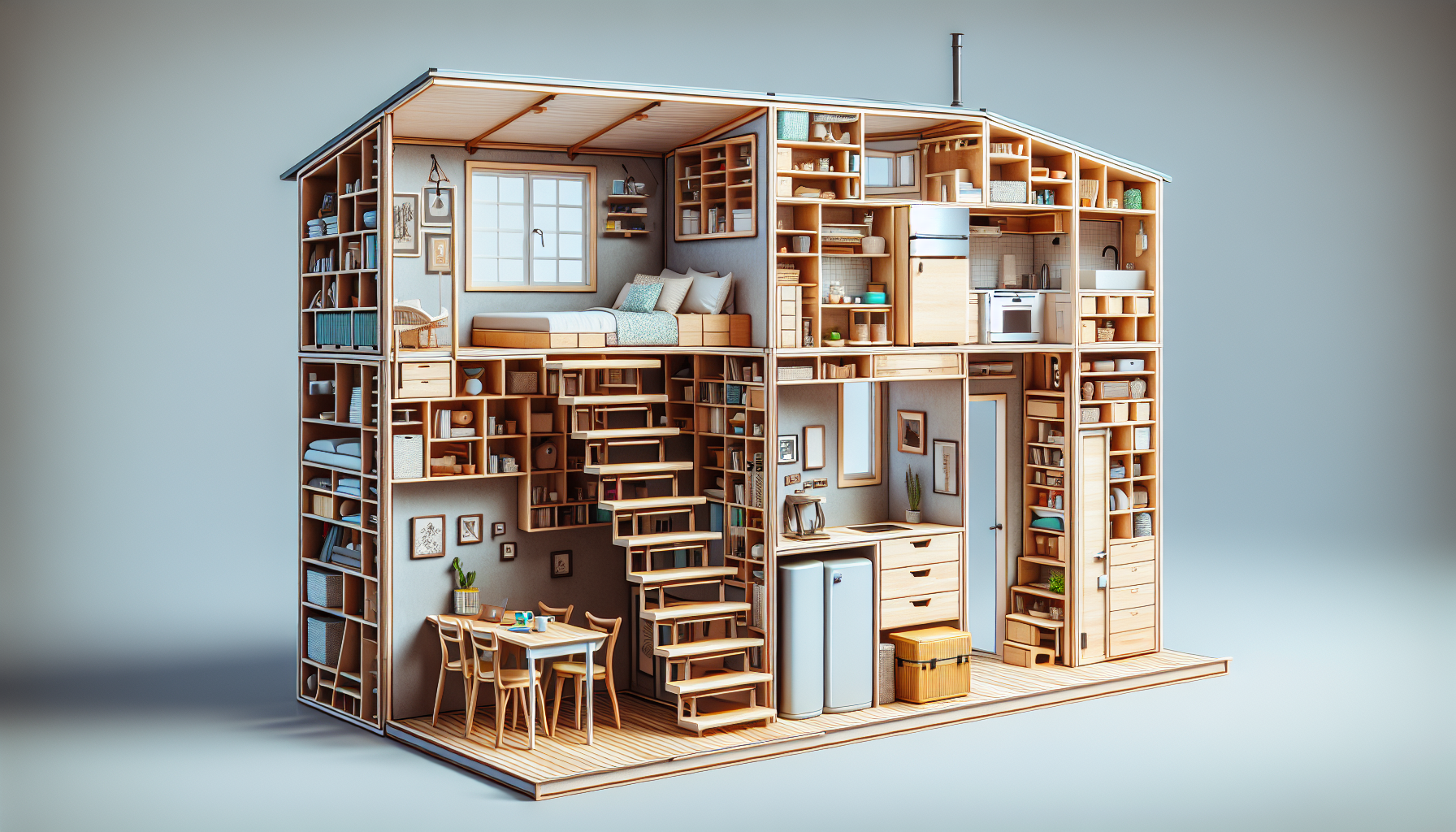Tiny home vs apartment: which suits your lifestyle and budget better? This guide compares the tangible aspects of living in these compact spaces. From financial commitment to personal freedom, we tackle the core issues head-on, offering clarity for your modern living choices without selling short on detail or depth.
Key Takeaways
Tiny homes, averaging 37 square meters, offer a more efficient use of space with innovative storage solutions and customizable interiors compared to larger Australian apartments that average 136.8 square meters.
Financially, tiny homes can be a cheaper long-term investment than apartments, with lower initial costs, utility, and maintenance expenses, and the potential to build equity as opposed to the recurring costs of renting.
Tiny homes provide greater privacy, the ability to personalize and relocate as desired, and a lower environmental impact due to sustainable design and reduced energy consumption, making them a potentially more appealing option for eco-conscious individuals.
The Space Factor: Tiny Homes vs Apartments
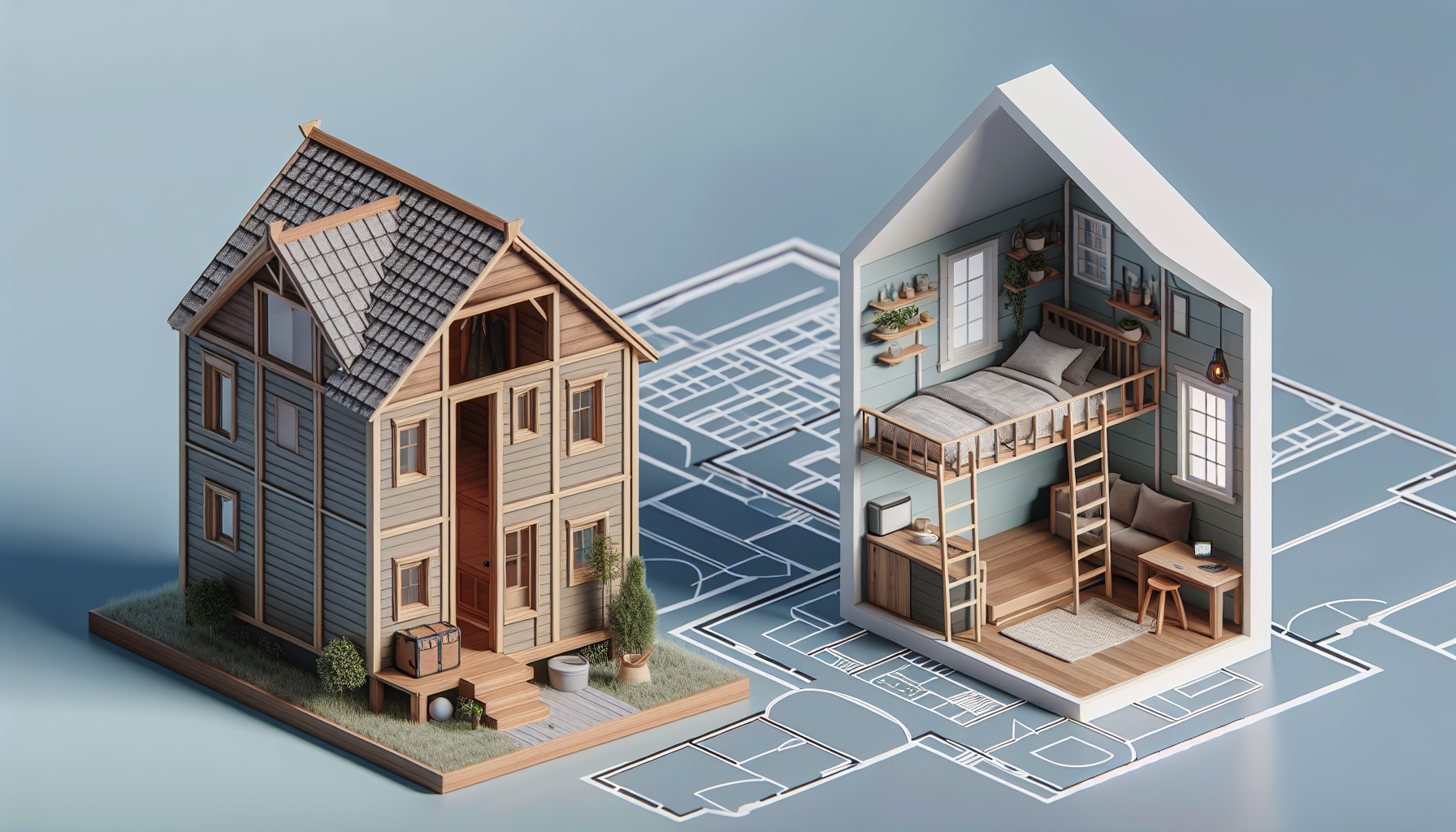
When it comes to the small space factor, the huge difference between tiny homes and apartments is stark. The average size of a tiny house is typically no more than 37 square meters, a fraction of the size of newly built Australian apartments, which average around 136.8 square meters. However, the number of square feet is only part of the story.
Let’s explore the practical implications of this.
How Much Space Can You Expect?
In Australia, one-bedroom apartments usually offer around 50 square meters of space, and two-bedroom apartments offer about 65 square meters, significantly more than a typical tiny home. It’s vital to not only note the quantity of space but also its efficiency of use. A well-designed tiny home can offer a comfortable living experience despite its smaller footprint.
Moreover, Australian apartments are among the largest in the world, and their size has been increasing yearly, with averages exceeding 136 square meters for new constructions. This might seem like a lot of space, but ask yourself, how much of that space do you actually use? In a tiny home, every square foot counts, and every nook and cranny is designed for maximum utility.
Note: for up to date housing occupancy and cost stats, visit the Australian Bureau of Statistics website.
Storage Solutions for Small Spaces
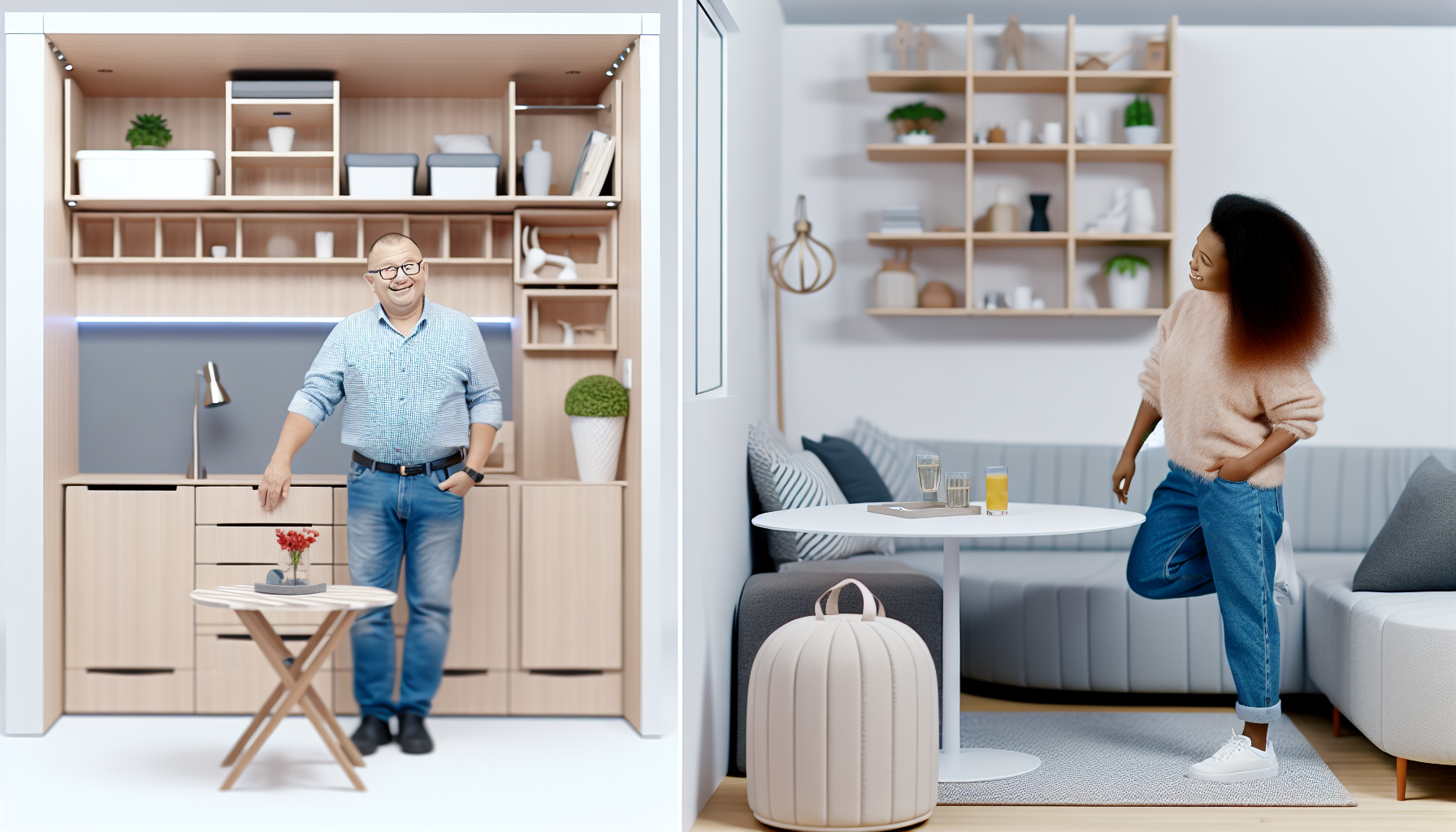
In a tiny home, clever storage solutions are key to maintaining a clutter-free environment. Some examples of these solutions include:
Bench seat storage
Convertible dining tables
Sofa beds with storage
Loft beds, which allow for extra living or storage space underneath
These multi-functional furniture pieces enhance living space utility by serving dual purposes.
Maximizing vertical space through lofts, ceiling storage, and under-floor compartments avoids clutter and preserves precious floor area in small homes, making them feel like they have less space. Incorporating storage in kitchen hooks, spiral staircases, and pull-out cabinets provides accessible and innovative means to organize belongings while saving space. These creative solutions demonstrate how living small doesn’t mean giving up on comfort and functionality.
Financial Considerations: The True Costs of Living Small
Financial implications should be weighed carefully when contemplating tiny home living. At first glance, the average cost of a tiny house, around $75k, may seem steep compared to paying monthly rent for an apartment. However, buying a tiny house can be cheaper than renting in the long run, especially when you factor in the lower utility and maintenance costs.
We’ll now detail the costs involved.
Tiny Home Ownership Expenses
There are several ways to acquire a tiny home; you could build one, buy a custom model, or buy an existing tiny house. The cost varies based on size, whether it’s new or pre-owned, and other factors, with prices typically ranging between $10,000 and $150,000.
Nonetheless, the initial cost is just one aspect of the financial outlook. Utility costs, as well as overall maintenance expenses, are generally lower for tiny homes compared to standard-sized dwellings due to their reduced size. Additional costs of owning a tiny home can include purchasing land or a trailer, permits, insurance, utilities, and external storage.
Despite these costs, the overall financial burden of owning a tiny home is often less than that of renting an apartment over the long term, however, you’ll need to take into account your local regulations when planning a tiny home build.
Apartment Rental Fees and Hidden Costs
On the other hand, the cost for renting a one-bedroom apartment in Melbourne or Sydney can vary greatly, with rates starting from $180+ per week. While this may seem more affordable initially, the costs can add up over time, especially when you factor in utilities, maintenance, and other hidden costs.
Additionally, when paying rent for an apartment, you’re not building equity. Your monthly rent goes straight into your landlord’s pocket, not towards owning your own property. In contrast, every dollar you spend on your tiny home is an investment in your future, a tangible asset that you own outright.
Privacy and Lifestyle: Tiny Home vs Apartment Living
When choosing between a tiny home and an apartment, lifestyle and privacy factors are paramount. Apartment living often offers limited privacy due to shared walls and potential noise from neighbors. Noise disturbances can stem from many sources, including neighbors and external noises such as traffic, which can significantly affect a resident’s privacy and quiet enjoyment.
Contrarily, tiny homes offer an enhanced level of privacy. They do not share walls with neighbors, which reduces the transfer of noise and disturbances. Furthermore, the option to relocate your tiny home to more secluded or less densely populated areas provides a quieter environment compared to urban apartments. The tiny home lifestyle might appeal to you if you appreciate tranquility and value your personal space.
Customization Possibilities: Making Your Space Your Own
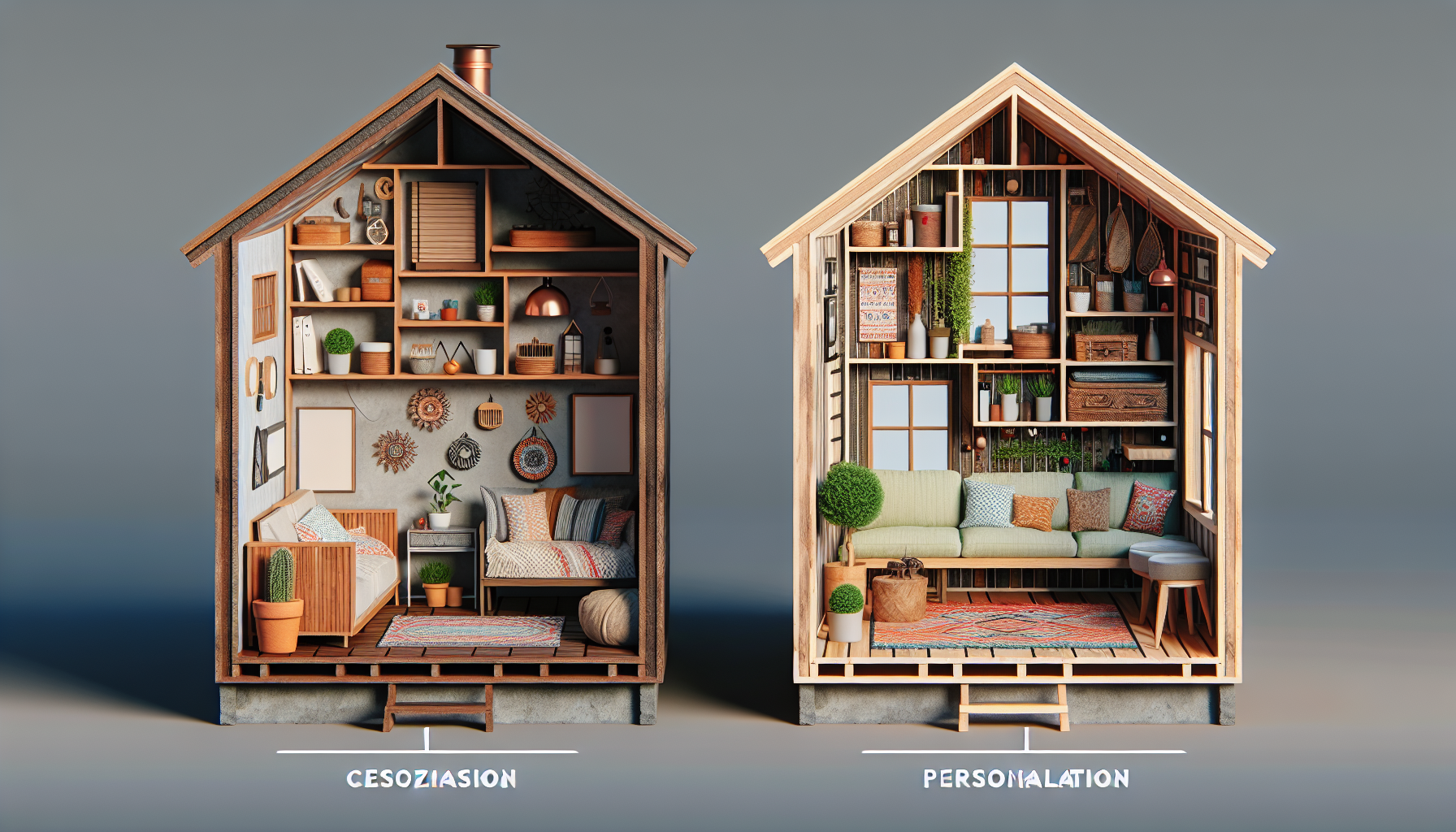
The opportunity for customization is a central attraction of tiny home living. Whether it’s installing pocket doors to save floor space or adding a loft bed to utilize vertical space, the options are limitless. However, customization isn’t exclusive to tiny homes.
You can also personalize apartment spaces, although there may be some restrictions.
Interior Design Flexibility in Tiny Homes
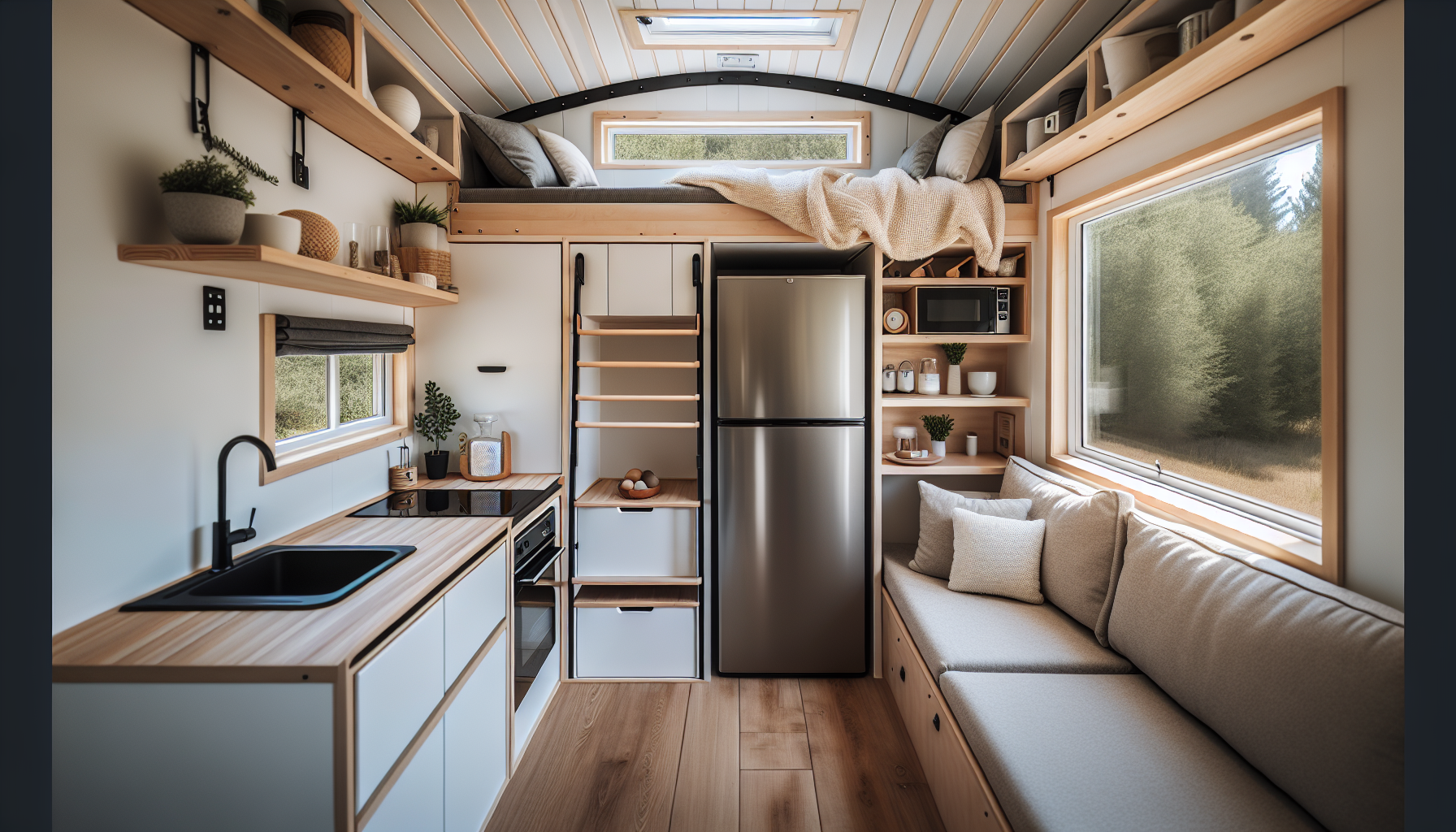
Tiny home owners have the freedom to select custom-built features that reflect their tastes, creating a unique and personalized living space. The Japanese concept of ‘wabi-sabi’, which values simplicity and the beauty of imperfection, can be embraced in tiny homes, enabling owners to design an interior that’s both functional and aesthetically pleasing.
Retractable screens and projectors are creative solutions that optimize the living space in tiny homes by:
keeping the area open when they are not in use
allowing for frequent refreshes without extensive renovations
quickly changing or updating interior designs
contributing to the joy of making a tiny home truly your own
All these factors contribute to the joy of making a tiny home, or even a granny flat, truly your own house.
Apartment Living Restrictions
On the flip side, apartment living comes with its own set of restrictions. Renovating a rented apartment typically requires adhering to the terms of a lease agreement, which may limit or restrict modifications. Some leases include strict clauses that forbid any alterations to the unit’s structure, which can limit a renter’s ability to personalize their living space.
However, this doesn’t mean that personalizing an apartment is impossible. Temporary and reversible renovations, like removable wallpaper or adhesive tiles, are popular options for renters who wish to personalize their space without making permanent changes. With a bit of creativity and flexibility, you can make a rented apartment feel more like home.
Location and Community: Where Will You Call Home?
Your living experience can be significantly shaped by your home’s location and the adjacent community. Tiny house communities often foster a strong sense of community among residents, providing social events, activities, and shared amenities like community gardens, workshops, and recreational spaces. These communities can provide a strong support network, as well as guidance for those new to the downsizing lifestyle.
On the other hand, if you value solitude, tiny homes offer the flexibility to choose your location. You can enhance privacy by strategically placing your home to maximize seclusion or purchasing land in rural areas. The mobility of tiny homes also means you can move away from undesirable settings. International options for tiny home living are growing, with ecovillages and campgrounds designed specifically for tiny houses.
Financing Options: How to Fund Your Dream Home
While buying a tiny home entails a substantial financial commitment, prospective owners have several financing options to explore. Personal loans, RV loans, and financing directly from builders are all viable options. Nevertheless, the cost of interest must be factored into any plans for financing a tiny home. More affordable options can be achieved by building the home oneself or opting for a smaller dwelling.
A good credit score is essential as it impacts the ability to buy or rent due to credit checks by mortgage lenders and landlords. The average monthly payment for a tiny house can be around $150, providing a cost-effective alternative to traditional homeownership. These options provide flexibility and make tiny home ownership accessible to a broader range of people.
Tiny Home vs Apartment: Environmental Impact
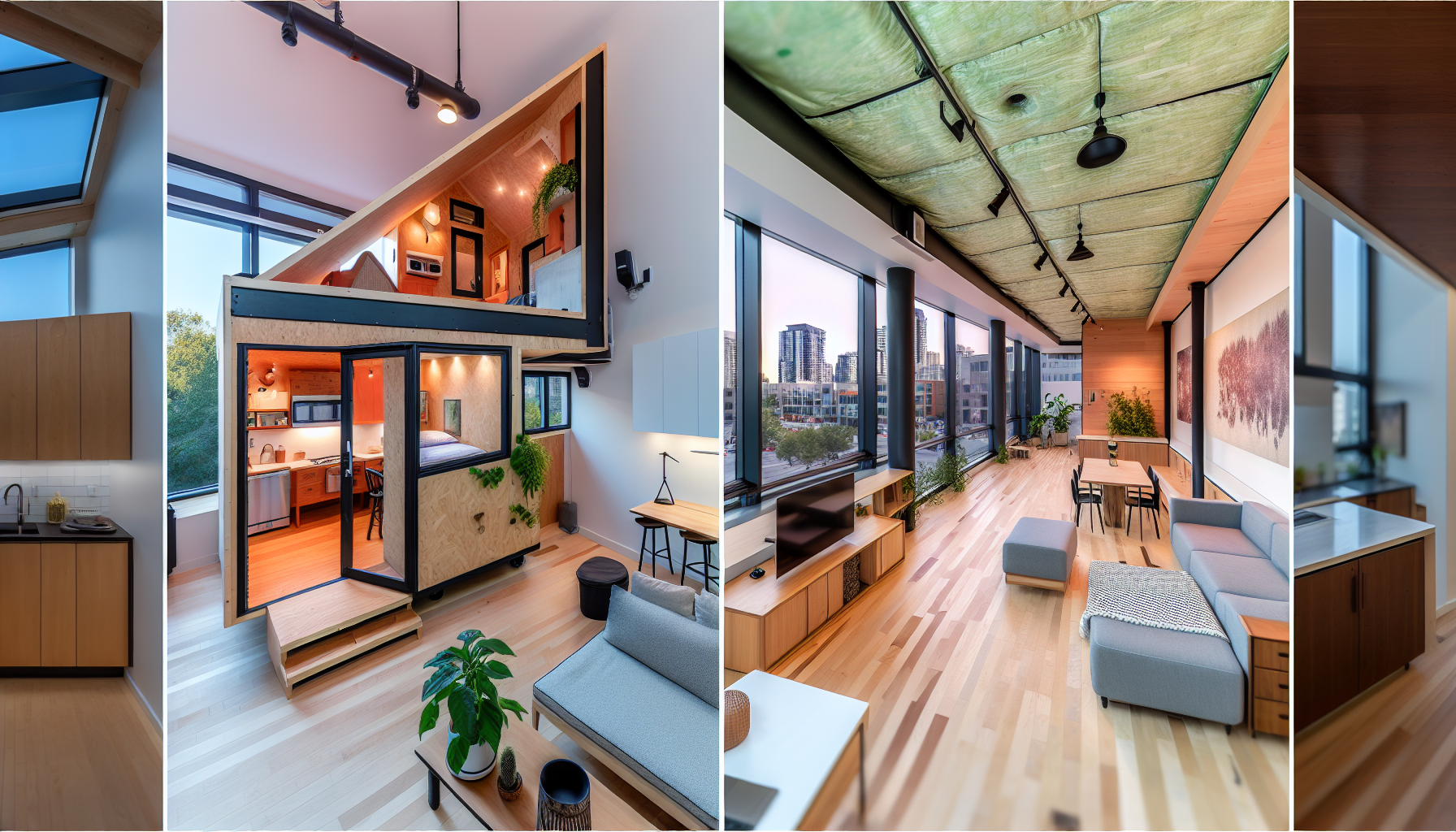
The ecological footprint of your choice of accommodation is another factor to consider. Tiny homes, with their sustainable design utilizing eco-friendly materials and energy-efficient appliances, not only reduce the environmental footprint but also add character to the living space. Due to their smaller size, tiny homes have lower energy consumption as they utilize fewer appliances and require less heating and cooling, contributing to reduced greenhouse gas emissions compared to standard-sized residences.
Tiny home dwellers, often inspired by the tiny house movement, adopt a lifestyle that emphasizes mindfulness in consumption, leading to less waste generation and a reduced inclination towards impulse buying. While tiny homes show a larger carbon footprint per floor area, they generally have a lower environmental impact per capita and per building when considering life cycle assessments, compared to conventional housing options. This can make tiny home living an appealing choice for those who prioritize sustainability.
Summary
In conclusion, the choice between tiny home and apartment living depends on your lifestyle, financial situation, and personal preferences. Both options have their unique advantages and challenges. From the efficient use of space in tiny homes to the convenience and amenities offered by apartments, the decision ultimately lies in what you value most in a home.
Frequently Asked Questions
What is the difference between a tiny house and a normal house?
The main difference between a tiny house and a normal house is the size, with tiny homes typically being under 50 square meters and often mobile, allowing for easy relocation if desired.
What is the cheapest alternative to a granny flat?
Tiny homes on slabs are the most cost-effective alternative to a granny flat. They are usually made in a factory and assembled on-site or designed on a trailer to avoid being classified as a permanent structure.
Does living in a tiny house save you money?
Living in a tiny house can save you money on housing costs, reduce your environmental footprint, and offer you the freedom to relocate without the hassle of selling and buying a new home.
How much space can I expect in a tiny home versus an apartment?
You can expect around 37 square meters of space in a tiny home, whereas an Australian apartment averages about 136.8 square meters. One-bedroom apartments typically offer around 50 square meters, and two-bedroom apartments offer about 65 square meters.
What are the typical costs of owning a tiny home?
The typical costs of owning a tiny home can range from $10,000 to $150,000, considering factors like size, condition, and additional expenses such as land, permits, and utilities. It’s important to factor in all possible costs before making a decision.

